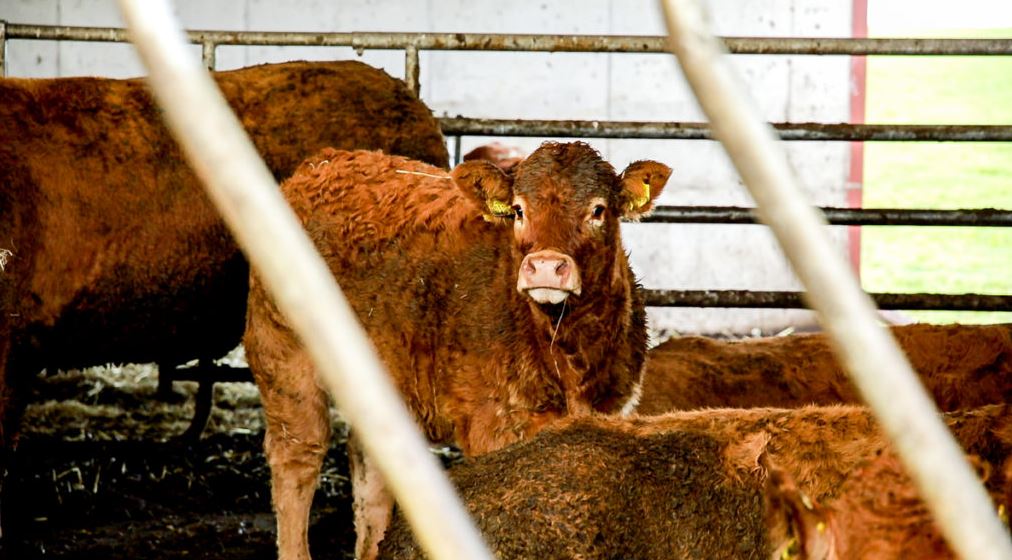By Claire Mc Cormack and Sylvester Phelan
Bord Bia has responded to a recent warning from a leading Irish meat processor that cast doubt over the potential market for Irish beef exports to China in 2020.
Mark Goodman managing director of ABP International last month urged Irish meat exporters to be “extremely cautious” about focusing immediate efforts on China – a country desperately grappling with a major African swine fever (ASF) outbreak.
Despite repeated statements of positivity on the future outlook for Irish beef in China from Bord Bia – as ASF has now wiped out almost 200 million pigs from China’s national herd – Goodman contends that on the ground, Chinese consumers are “slow to switch” from pork to beef.
While overall global beef imports to China hit record levels of up to 1.5 million tonnes in 2019; Goodman says prices “crashed” in the back-end of the year – with beef forequarter import prices to China (from South America) dropping by $2,000/t (€1.81/kg) on average last month.
In a statement to AgriLand on December 10 last, Goodman said: “The demand for beef has not matched the imports and so Chinese importers now find themselves with too much stock of beef and huge cash-flow problems.
“They are having to release beef onto the market at any price. Many South American packers have dropped their offer prices.
Irish packers and the wider farming supply base need to be very aware that the Chinese market is volatile and Irish beef has to compete with cheaper supplies from Brazil and Oceana.
“If the Irish beef industry gets into commodity trading round cuts and forequarters into China, it will end in disaster if/when the market falls,” he said.
However, Joe Burke Bord Bia senior manager of meat and livestock says the current pork shortage in China has “lifted prices and demand” for other meats – this position is based on information the food board is receiving from its Shanghai-based official.
In a statement to AgriLand, Burke said: “Official beef imports to China show a 47% increase in 2019 compared to 2018, while wholesale prices are also significantly stronger than earlier in 2019.
“As the USDA [United States Department of Agriculture] figures outline, there will be a deficit of approximately 22 million tonnes in the overall supply of meat in China in 2020, in comparison with the volume that was available in 2017.”
Robust partnerships
While the significant shortfall of meat on the Chinese market points to an unprecedented increase in their import demand, Burke stated that this also leads to “major speculative buying” on the part of traders.
“As we have seen in the dairy product market in recent years, there will be times when rapidly rising prices are followed by a correction, or a lull-period in market demand.
Naturally, prices are unpredictable in this kind of environment, as investors enter and exit the market.
“However, Irish exporters are insulating themselves to some degree, by establishing robust partnerships with Chinese customers who are bought-into the high-quality standards and production systems associated with Irish beef,” said Burke.
Last November, Bord Bia stated that Irish beef exports to China are expected to grow to €120 million (25,000-30,000t) through 2020.
Global trade reports
Following the commentary on the outlook for beef demand and prices in China, AgriLand looked at some global trade reports to gain a broader understanding of the current situation.
According to a quarter four World Beef Report, it was noted that China’s boom is “decelerating and prices are correcting downwards”.
While the Chinese market is still very active, rapporteurs note there is “some nervousness on importers in the face of government measures to control meat prices after the opening of the grey channel in Hong Kong”.
The concrete issue is that round and forequarter cuts fell between $200 and $700/t [€178 and €162/t] from the top price of the last fair in Shanghai, Mercosur traders agreed.
However, other reports are more optimistic.
The Brazilian Association of Meat Exporting Industries revealed record beef exports for 2019, largely based on exports to China, and stated it is “optimistic” for the continued growth of Brazilian beef exports in 2020, expecting 13% growth in volume of exports.
